No matter where you live I am sure you have heard the same argument I hear continually: “Republicans are slashing spending and hurting kids.” Health care, education, you name it, this is the refrain. The problem? It’s not true.
In May I offered a chart that highlighted how spending is not the path to growth. Today I want to focus on education. Look at the above chart which illuminates state only education funding in Ohio (not local or federal spending). Does that seem like the problem with education is spending?
No? No. A post at the Buckeye Institute blog lays it out
The storyline is straightforward. Ohio has spent or will spend, on average, 5.5 percent more per year on K-12 education than it did the year before in terms of state dollars. The trend line is mostly upward except for a blip down in the last two years of the Strickland years.
Also, contrary to what many critics are alleging regarding “draconian cuts” by the present Administration, the state is actually spending more of its own revenues in FYs 12 and 13 than it did in FYs 10 and 11, the last two years of the Strickland Administration.
Now we could argue about what caused this spike in spending (school funding litigation, pension and health care costs, the power of public sector unions, etc.) but that is not the subject of this post. Instead, what I am trying to get at is the assumption that the left is allowed to get away with, namely that any slowing down of rapid growth equals “draconian” cuts–that funding is being slashed, etc. The media refuses to provide any context for government spending and so we must do it ourselves. You can’t have a proper discussion about the role and scale of government funding or programs until you have a grasp on the historical data.
When it comes to education we simply must do a better job of explaining the growth in spending. The average person has no idea how much schools spend and how large a chunk of state budgets are spent on education. Most people assume that schools have been getting less and less money. Education reform, or collective bargaining reform, will not happen if people are ignorant of the fundamental economics.
And lest you think I am just talking about Ohio:
Since 1970, the public school workforce has roughly doubled—to 6.4 million from 3.3 million—and two-thirds of those new hires are teachers or teachers’ aides. Over the same period, enrollment rose by a tepid 8.5%. Employment has thus grown 11 times faster than enrollment. If we returned to the student-to-staff ratio of 1970, American taxpayers would save about $210 billion annually in personnel costs.
I would encourage you to connect with your state level think tank and get the tools and data you need to fight back against the myths of slashed funding.


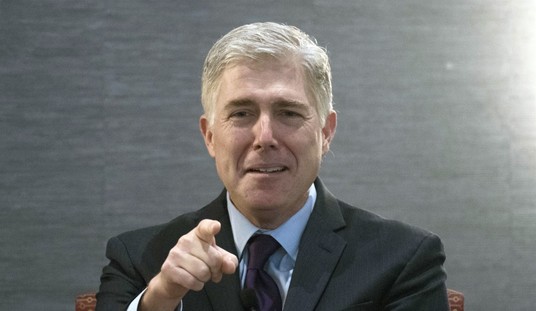
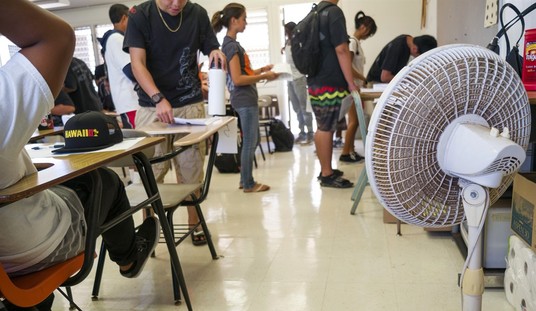
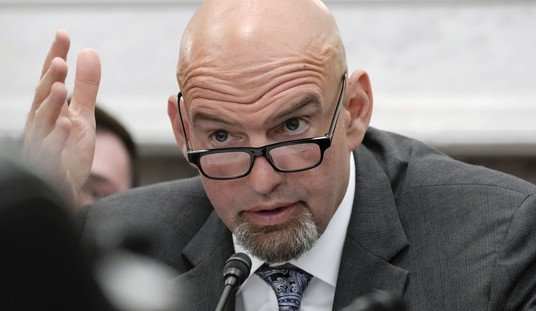
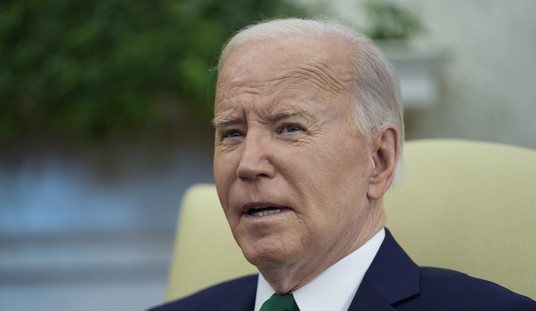



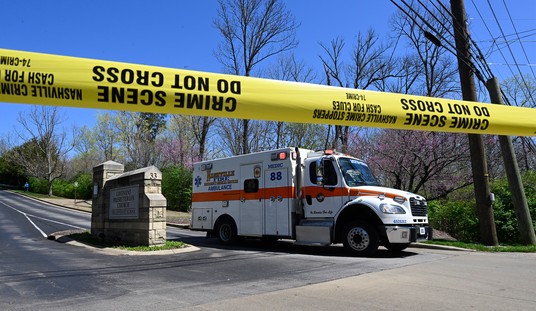
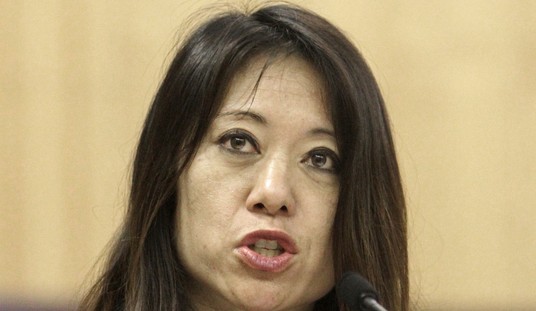



Join the conversation as a VIP Member